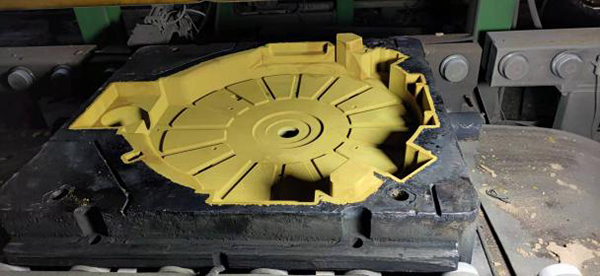

The expertise in selecting between these methods often comes down to an evaluation of materials and desired properties. Sand casting allows for the use of ferrous and non-ferrous metals alike, while permanent mold casting is often preferred for non-ferrous metals due to thermal efficiency and material compatibility. Moreover, the ability of permanent mold casting to create parts with thinner walls and better thermal conductivity makes it an authoritative choice for applications such as automotive components and intricate machinery parts. Trustworthiness in choosing between these casting techniques often relies on understanding potential environmental and safety factors inherent to each process. Sand casting produces spent sand after each cycle, which requires effective disposal or recycling plans to mitigate environmental impact. Meanwhile, the safer handling of permanent molds reduces exposure risks to foundry workers, enhancing workplace safety conditions. In conclusion, the decision between sand casting and permanent mold casting is not merely about cost or production capability. It involves a nuanced understanding of each method's advantages through practical experience, technical expertise, and a commitment to authoritative and trustworthy manufacturing practices. Harnessing this knowledge ensures that industries can select the most appropriate casting technique to meet current and future production challenges efficiently. Post time:Ion . 14, 2025 10:39
Next:difference between sand casting and investment casting
